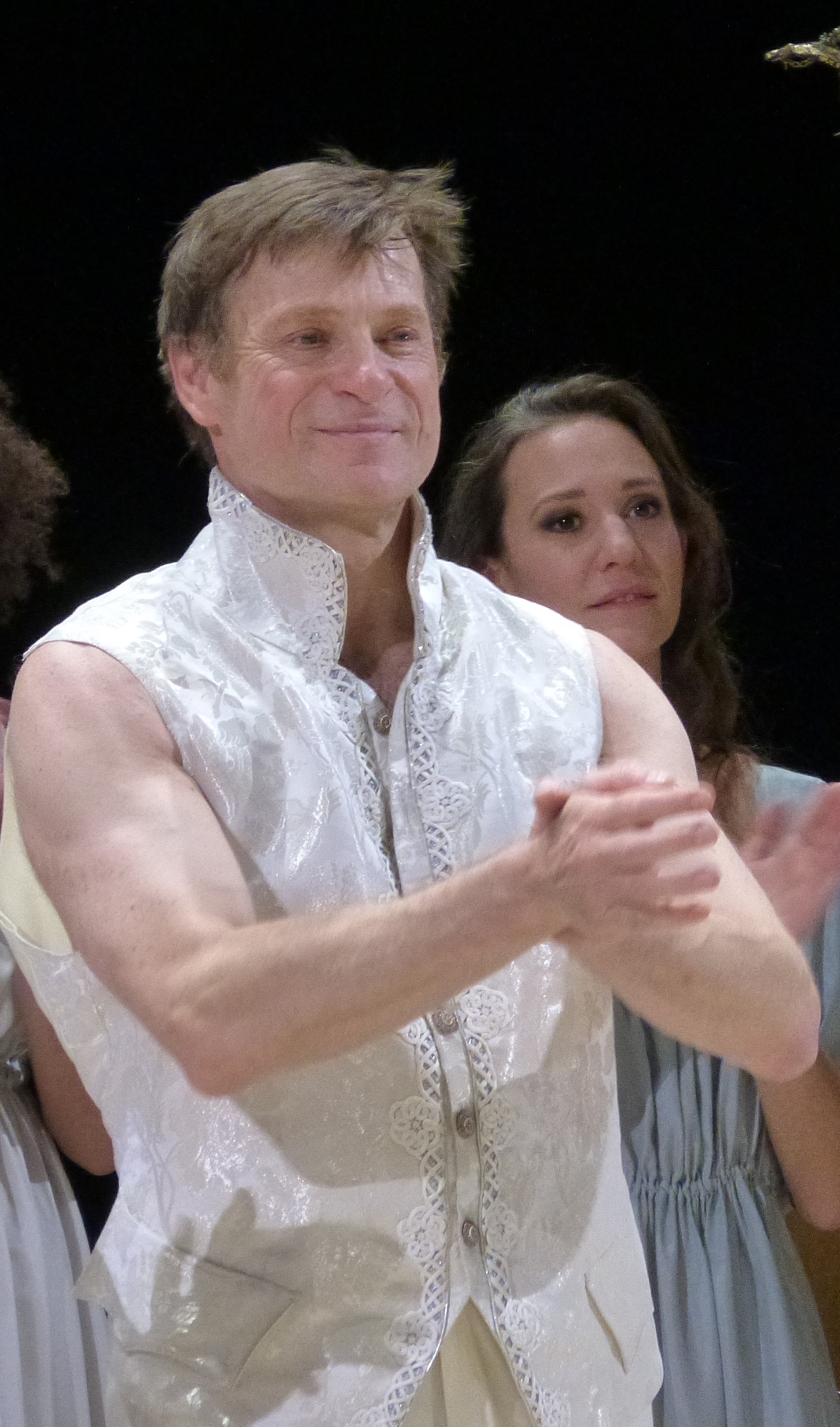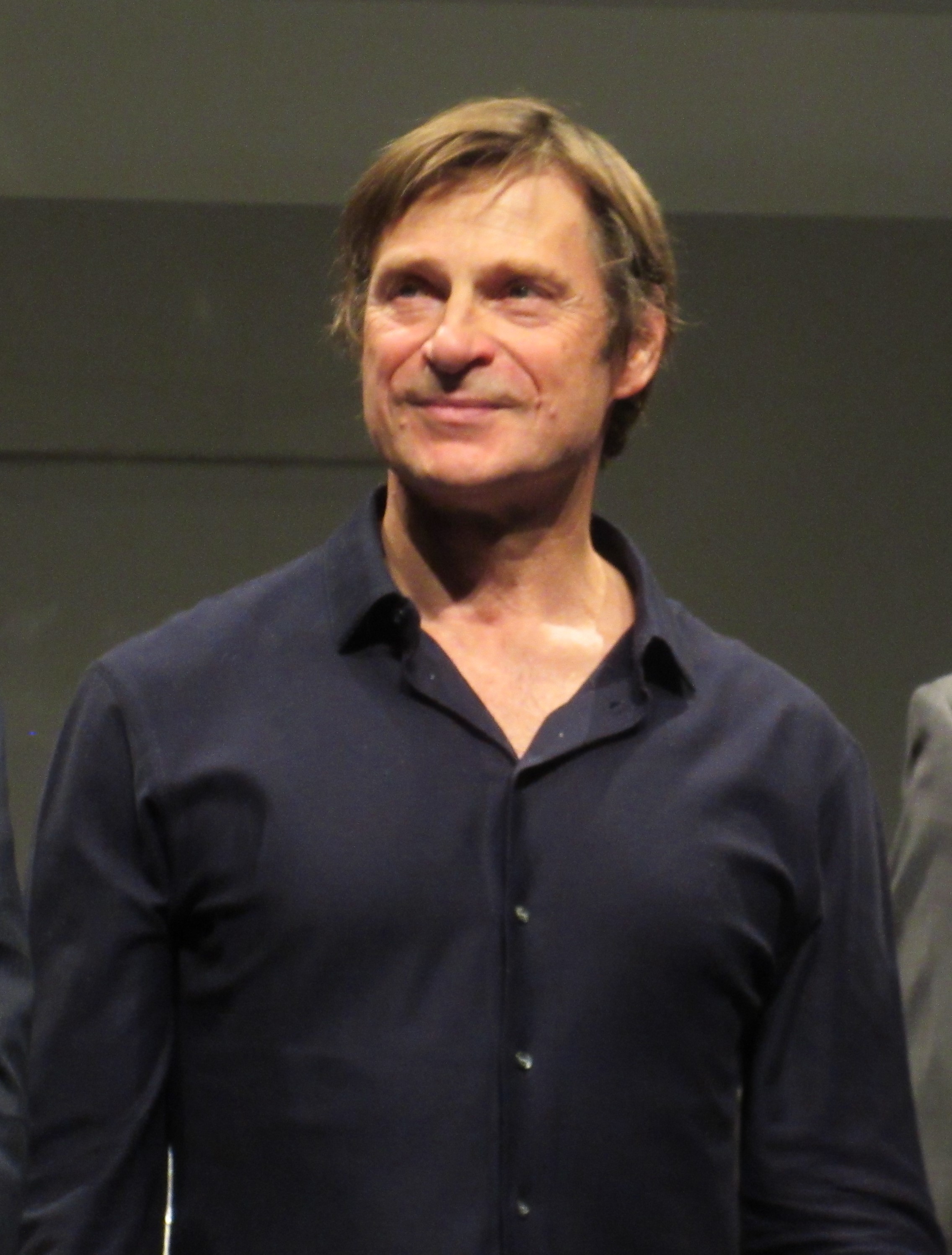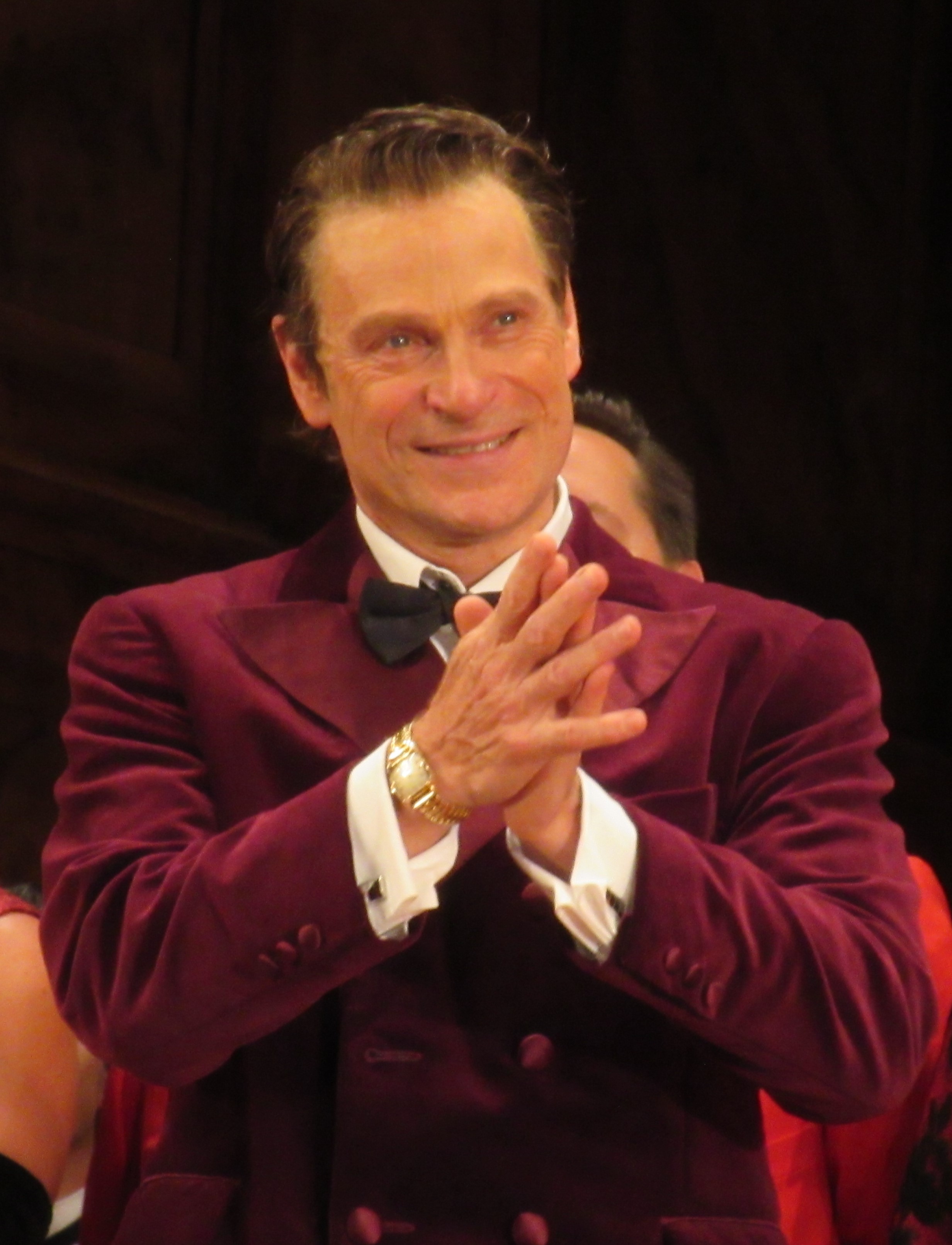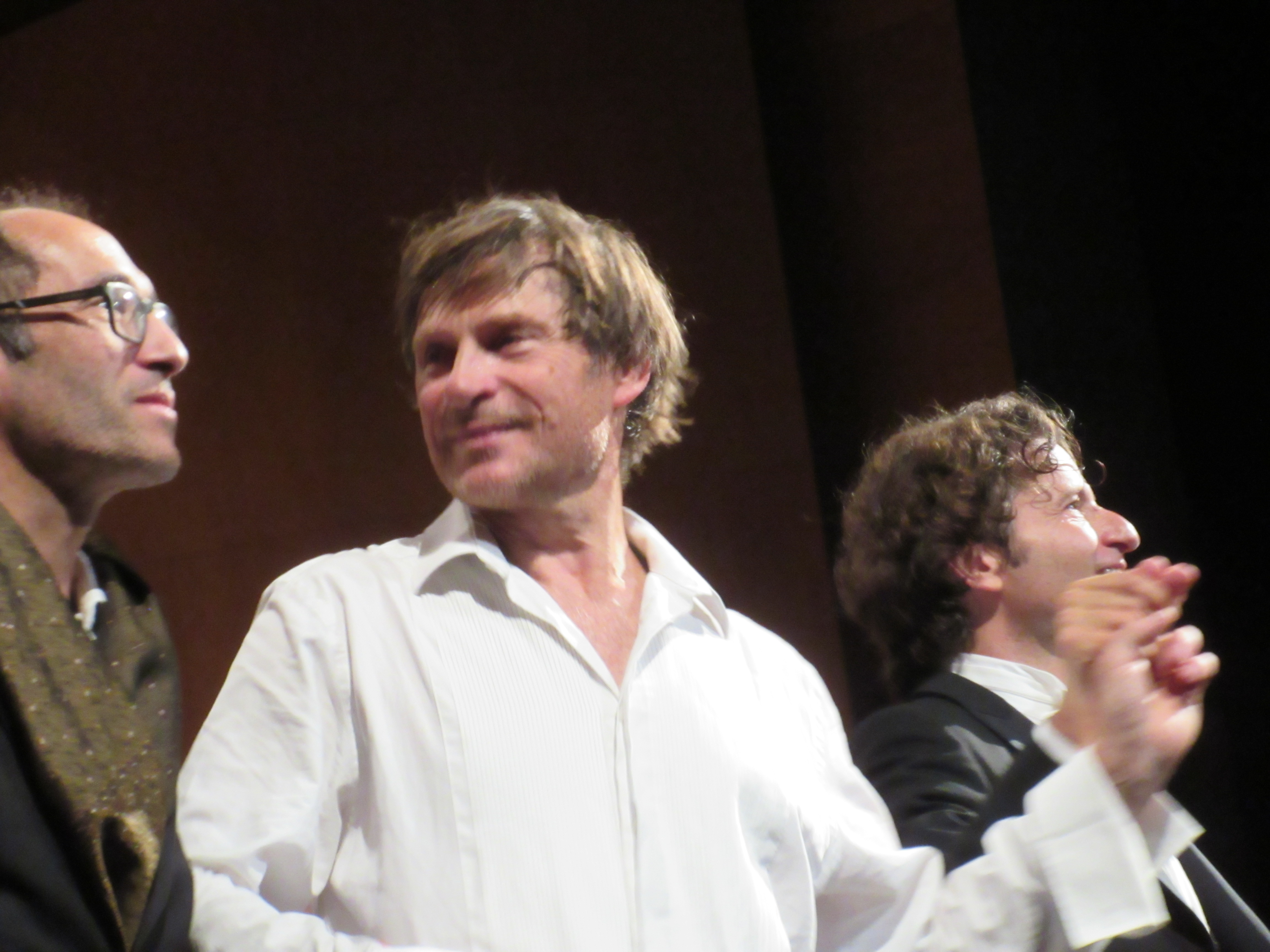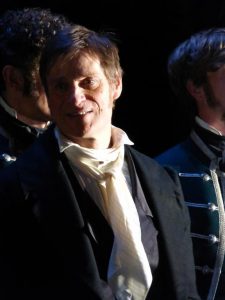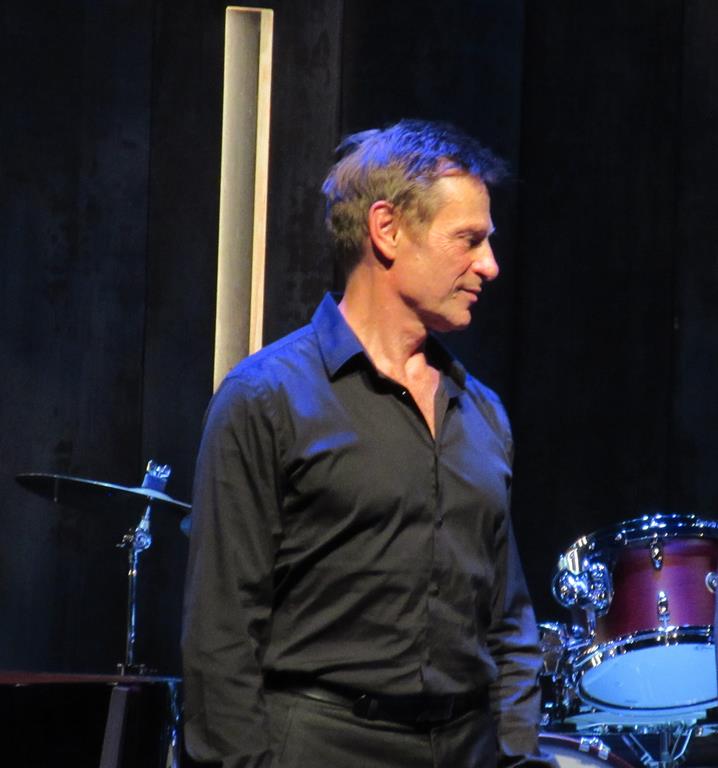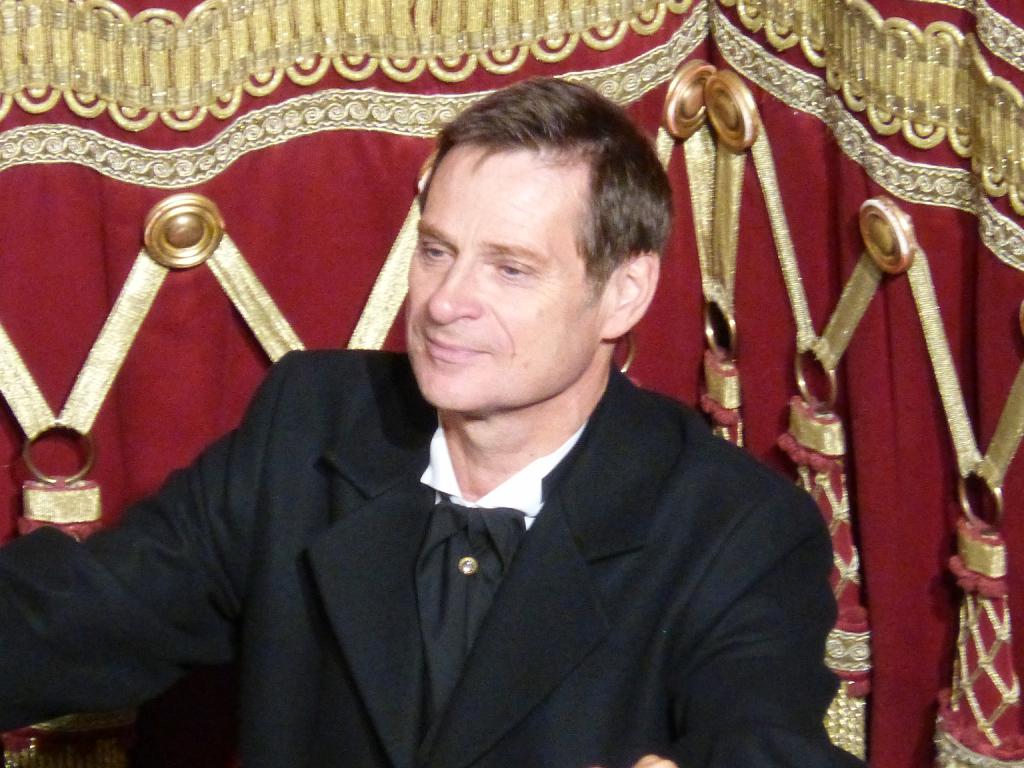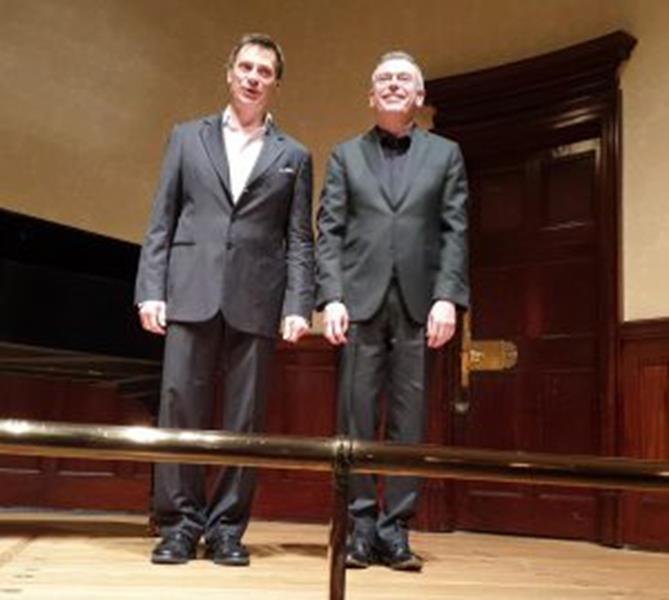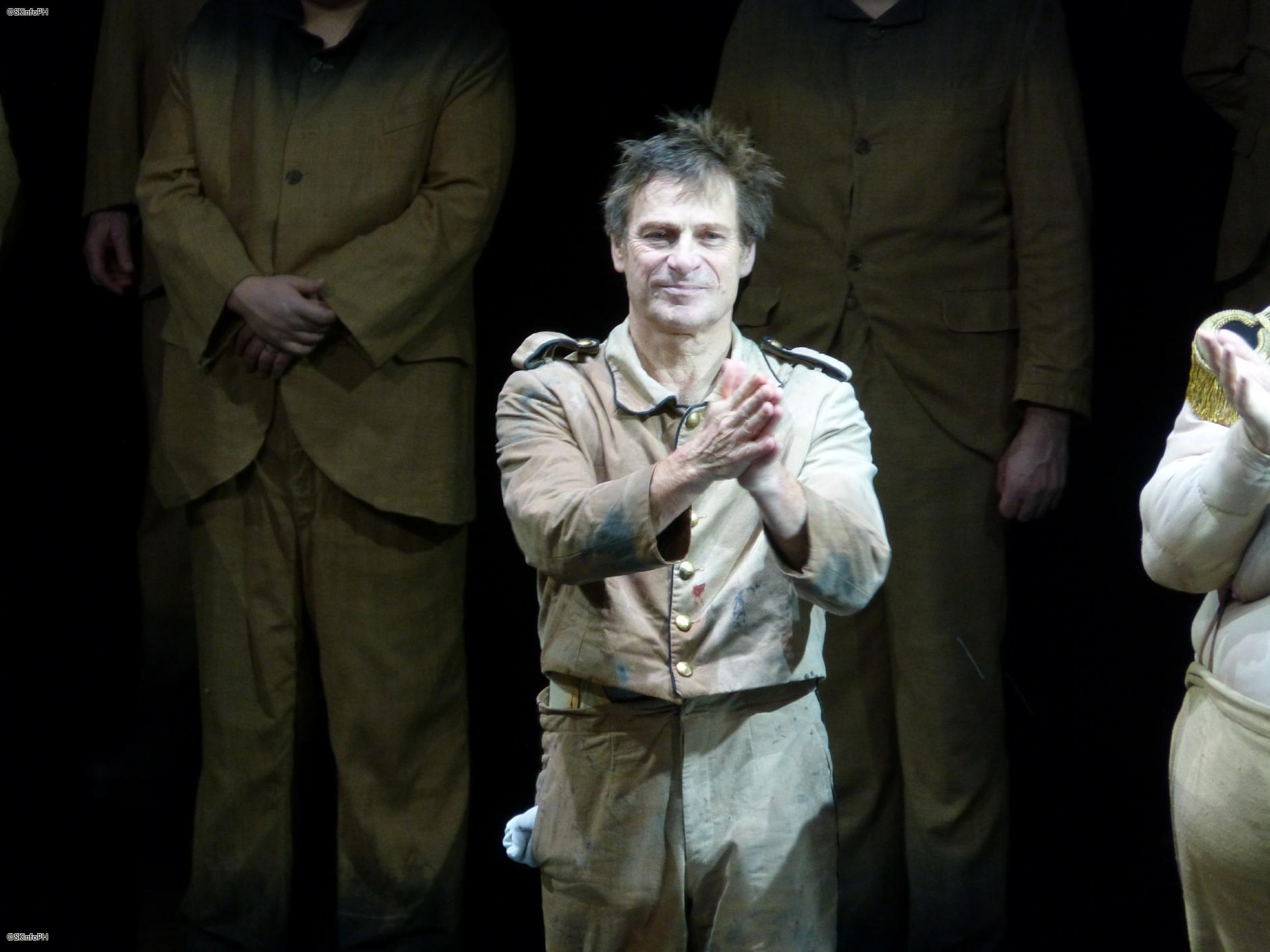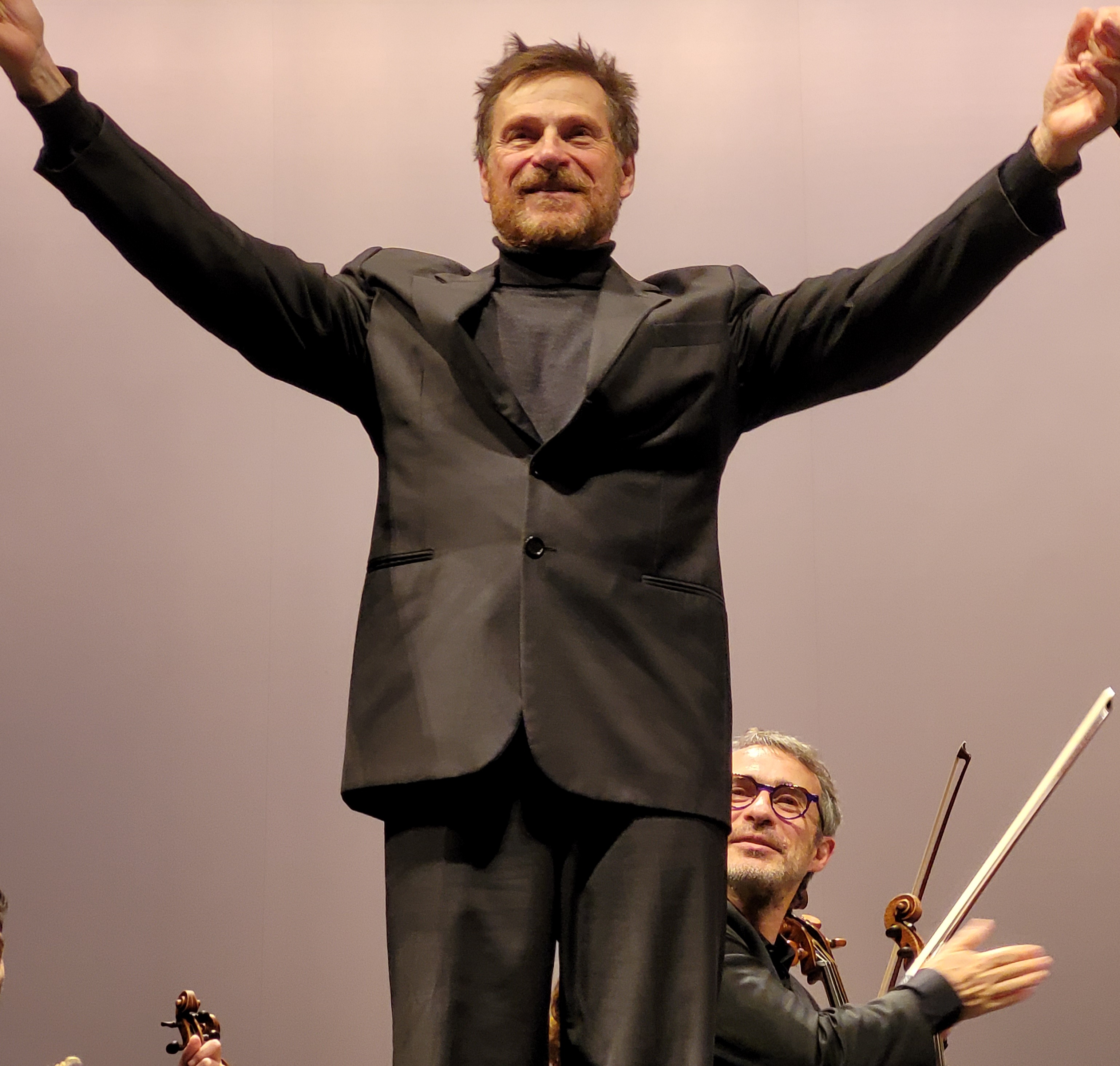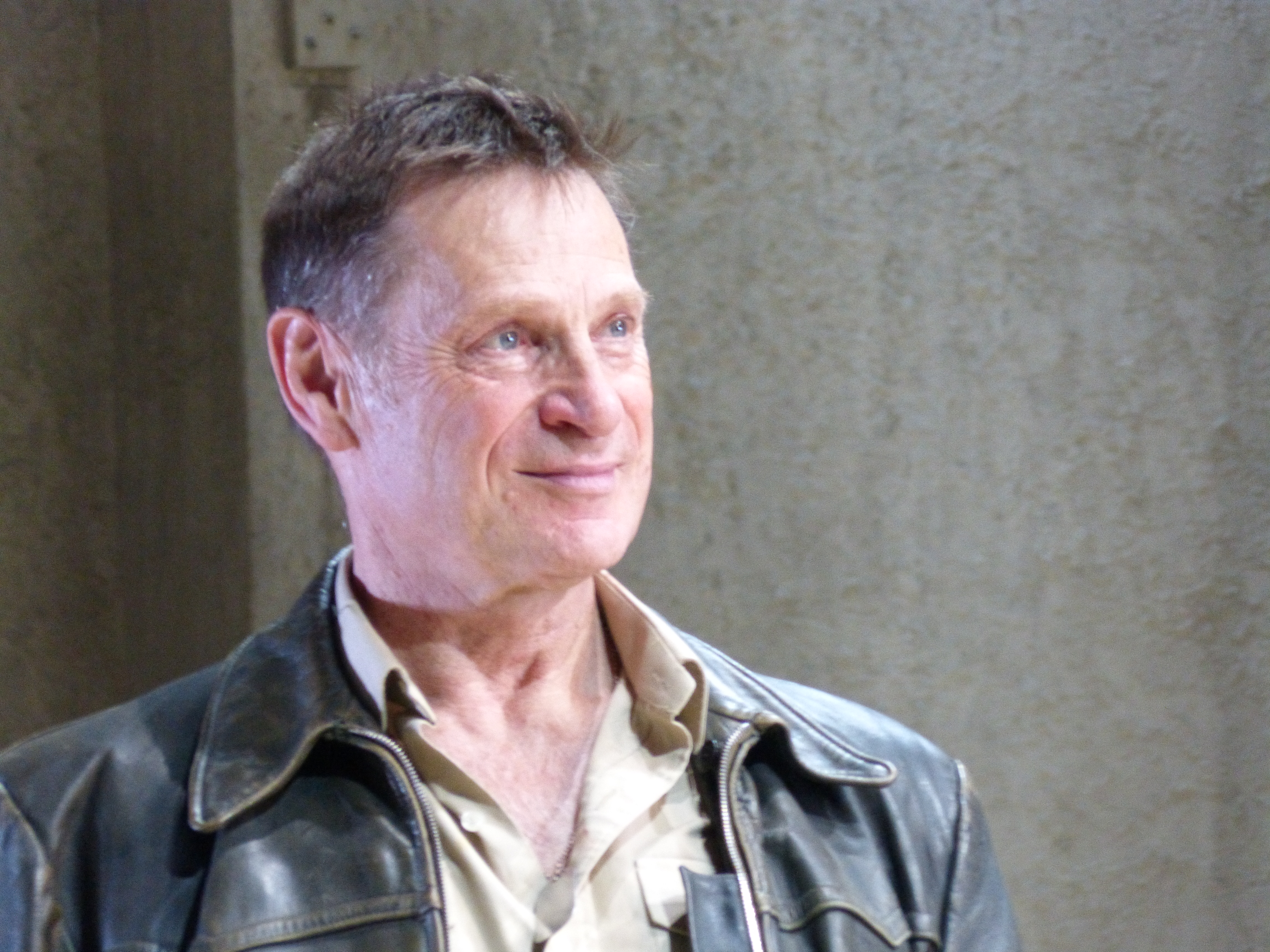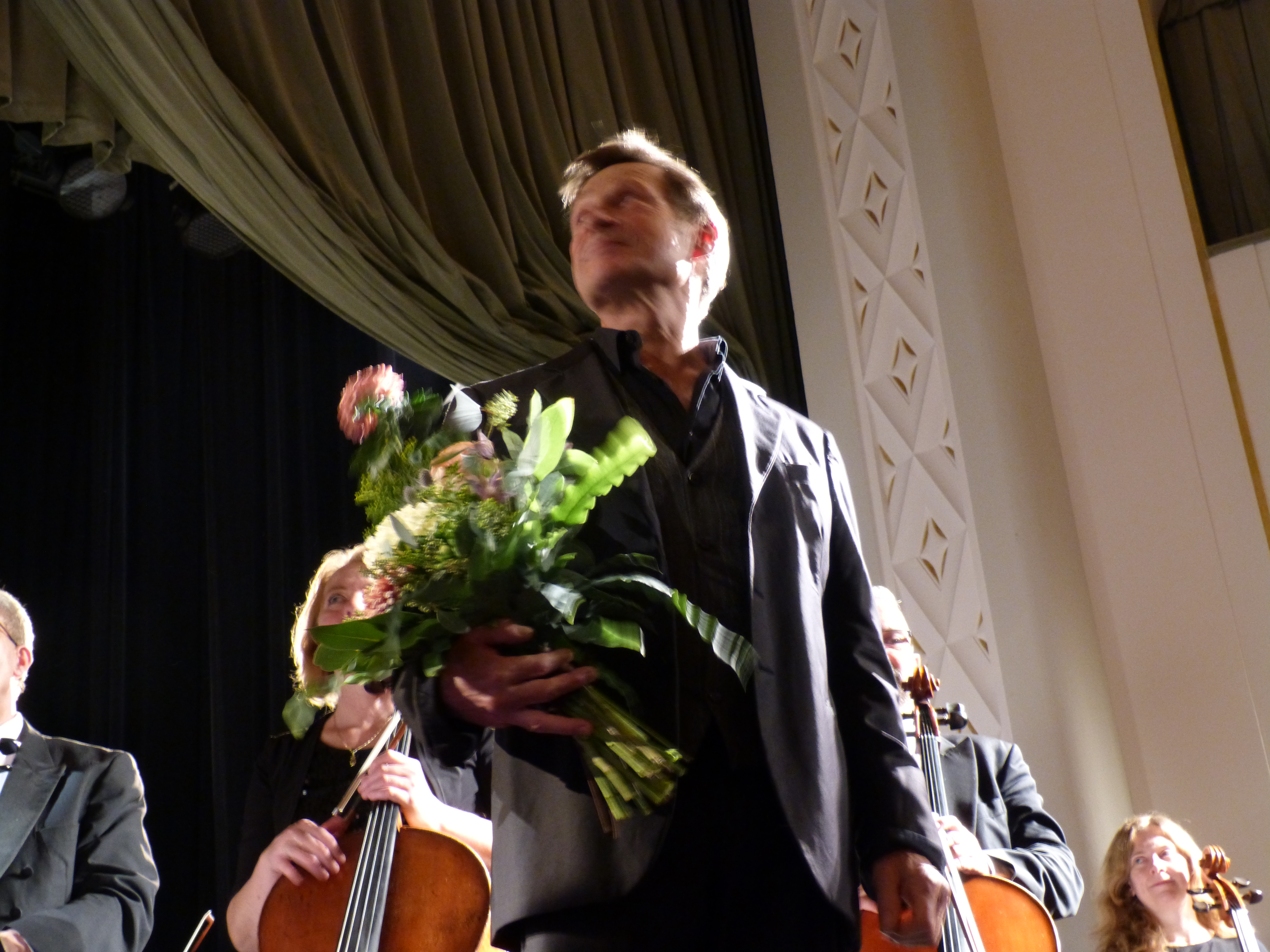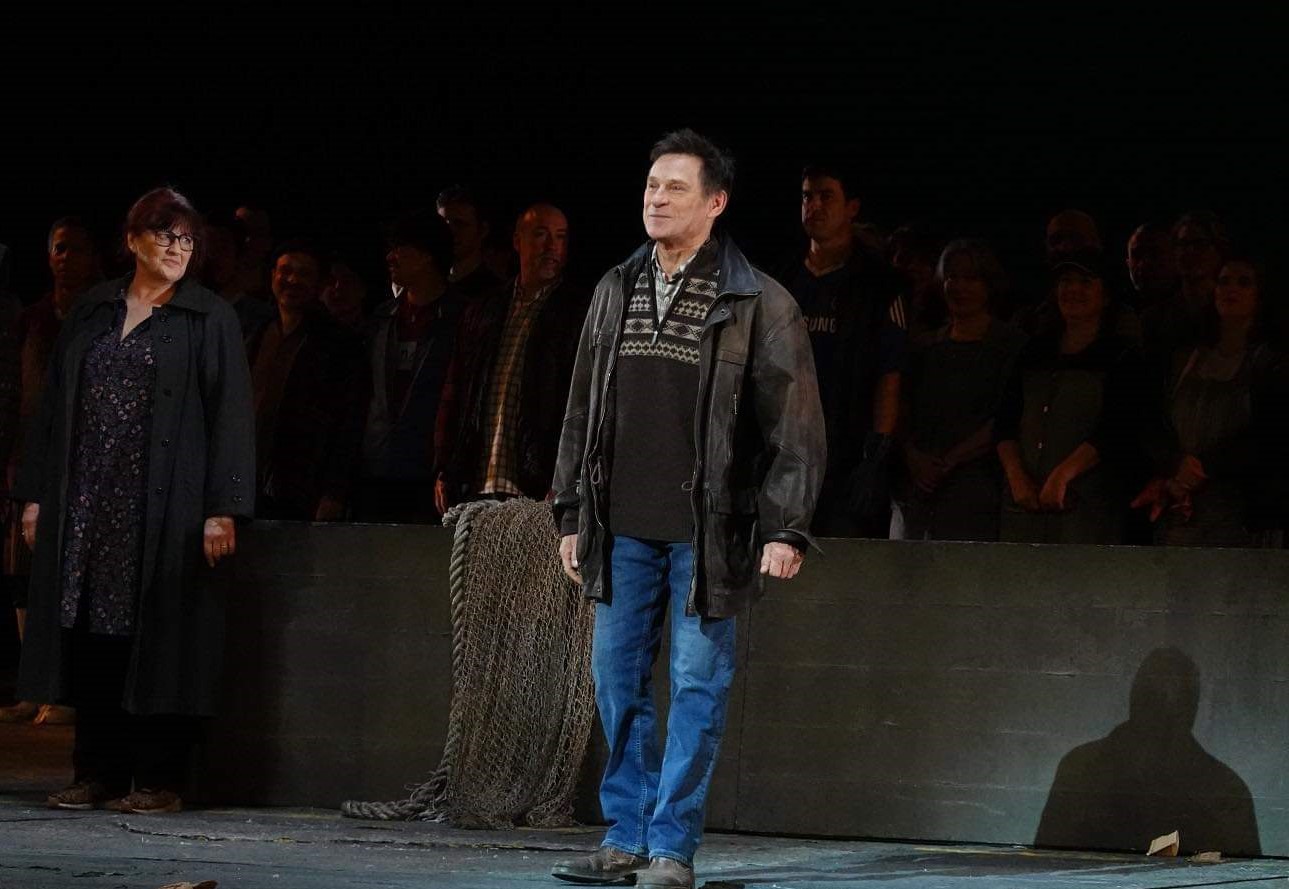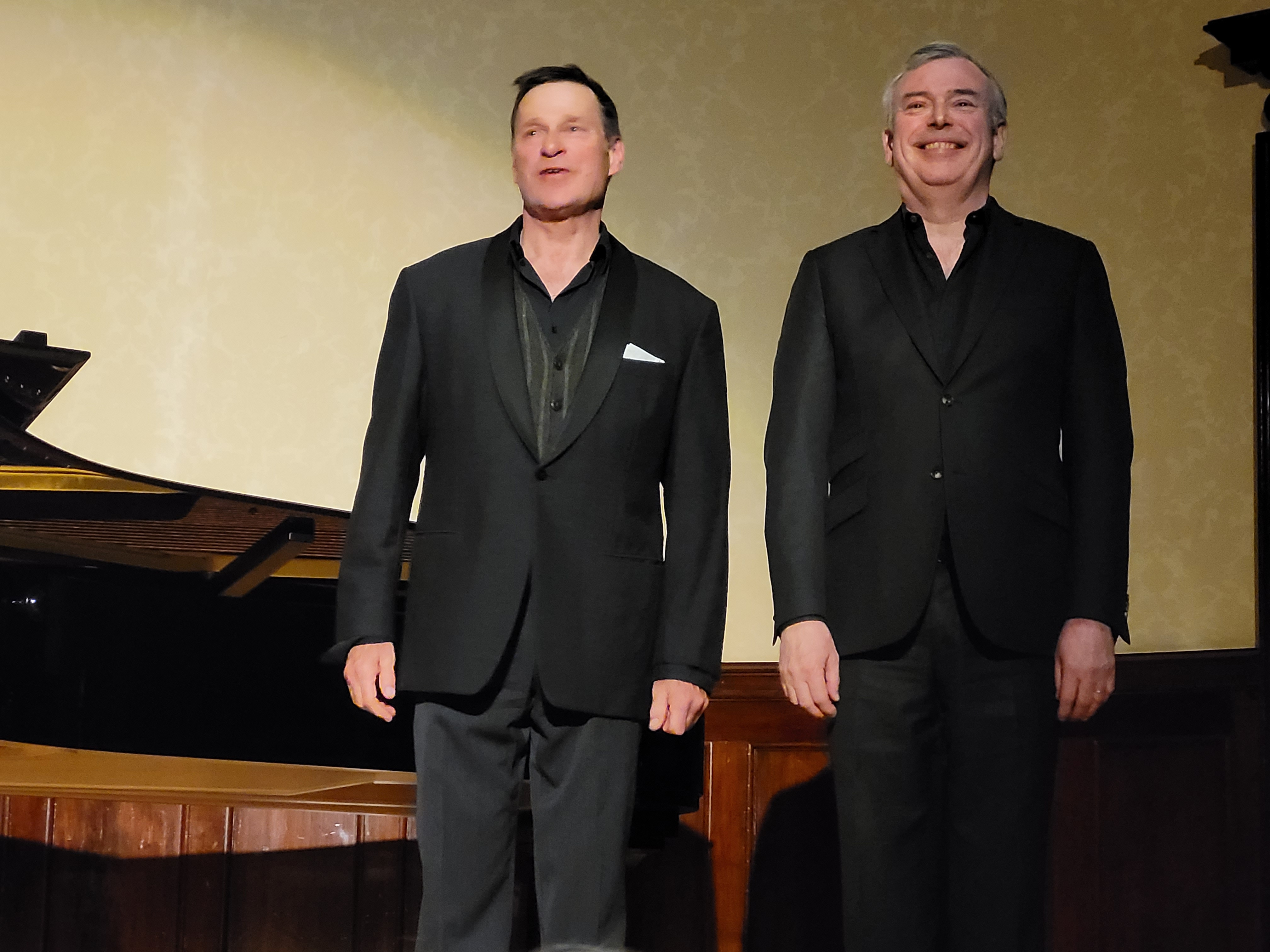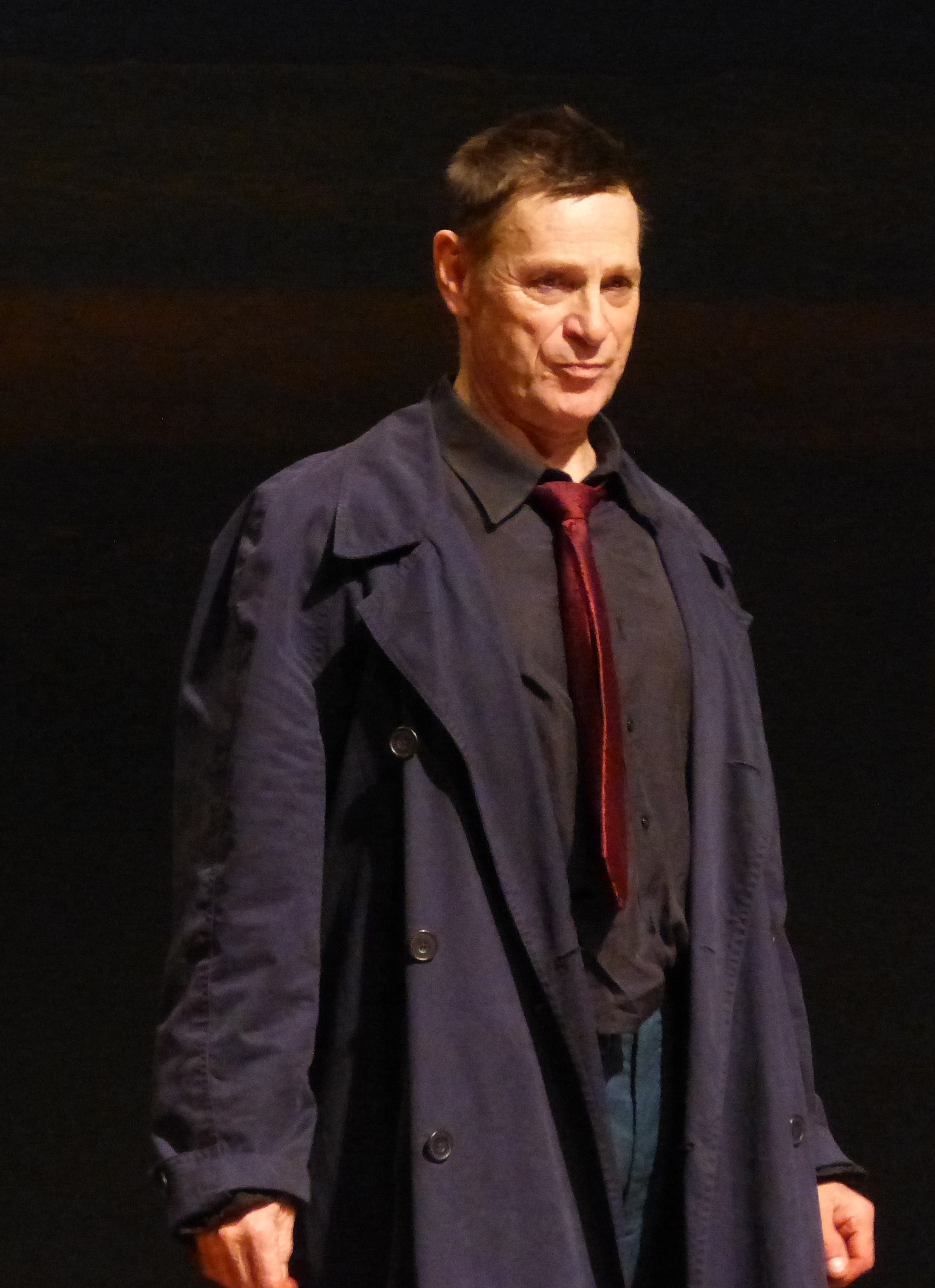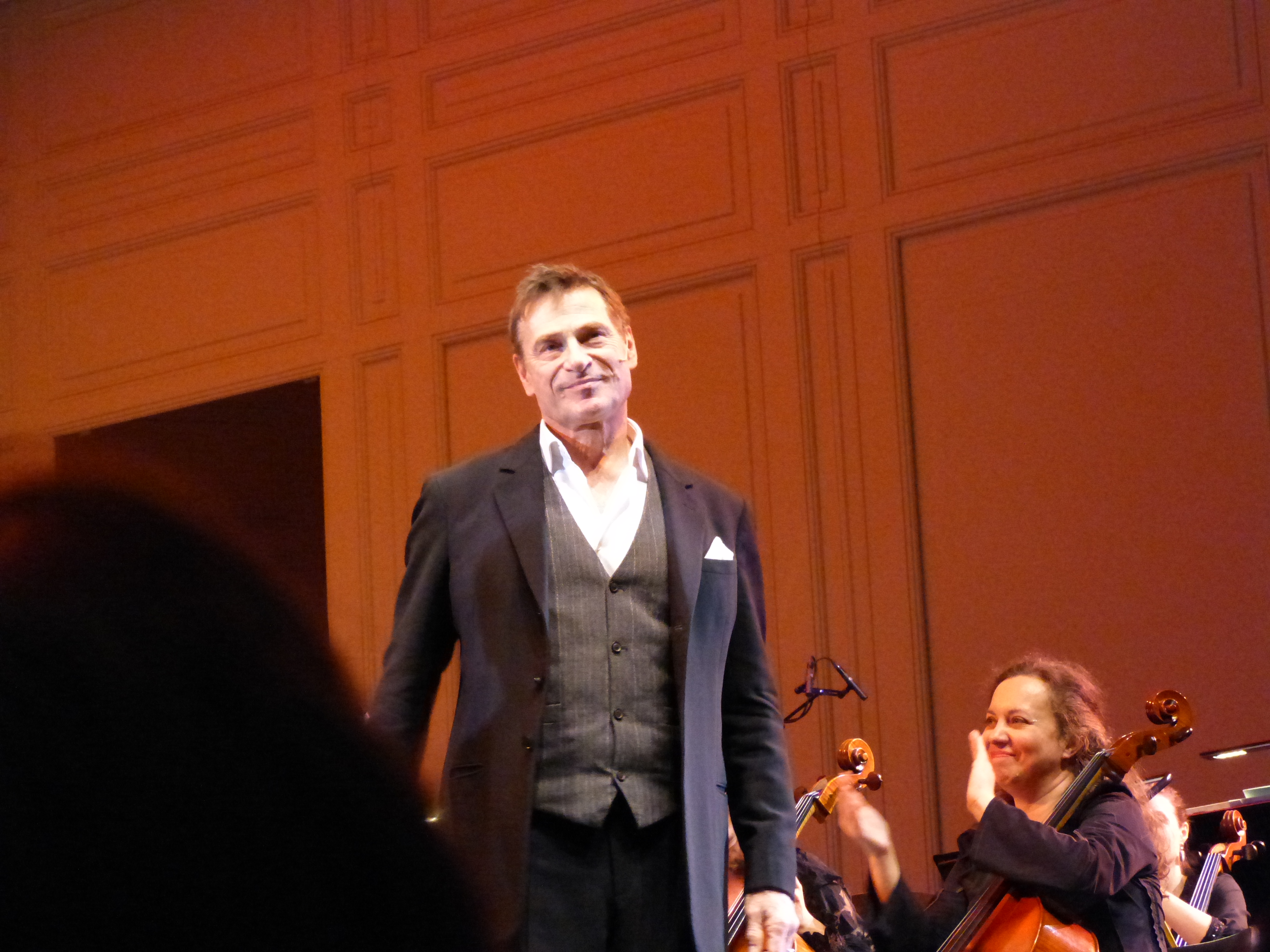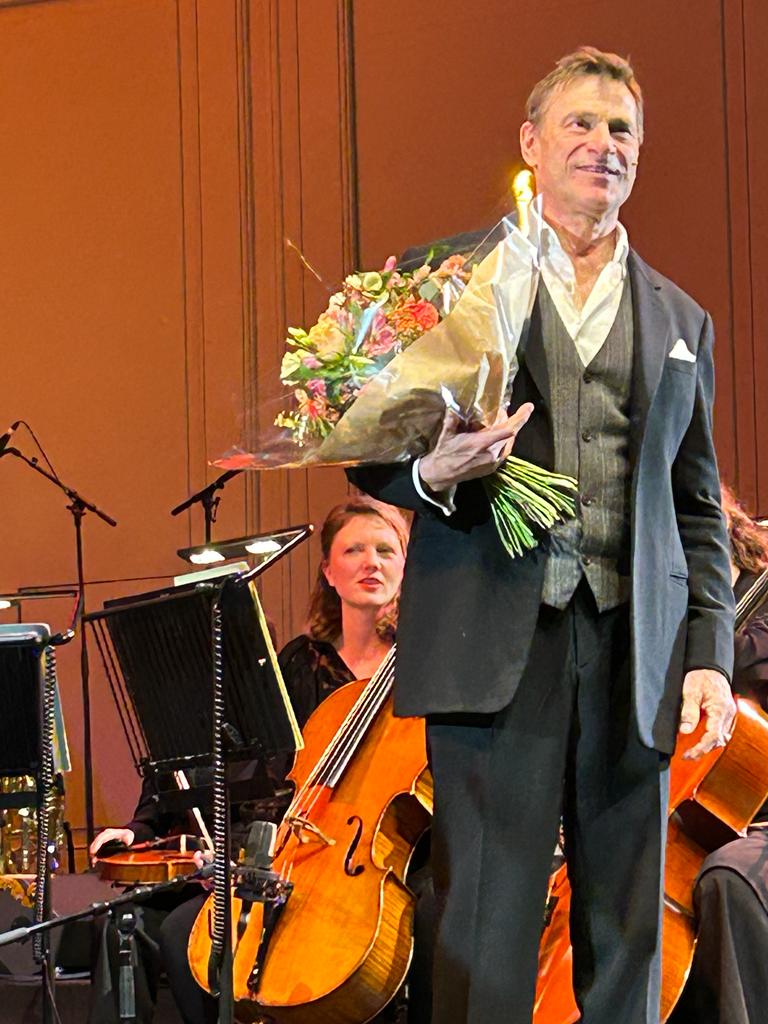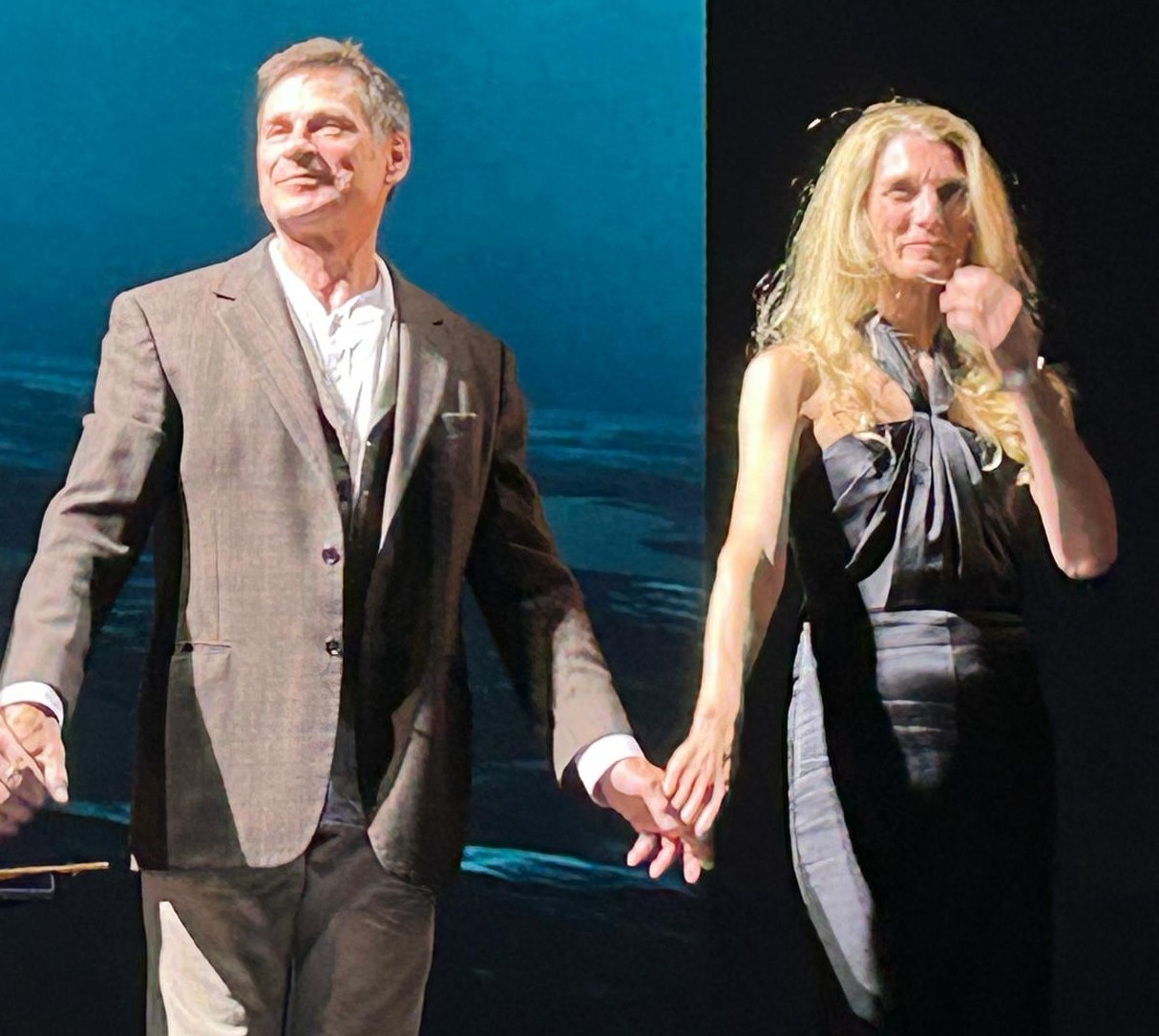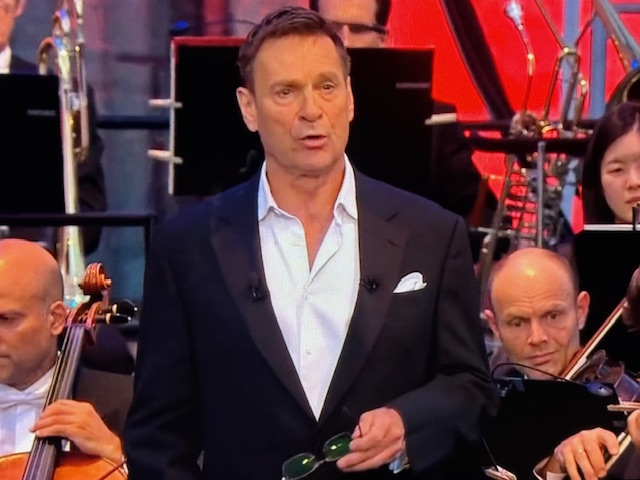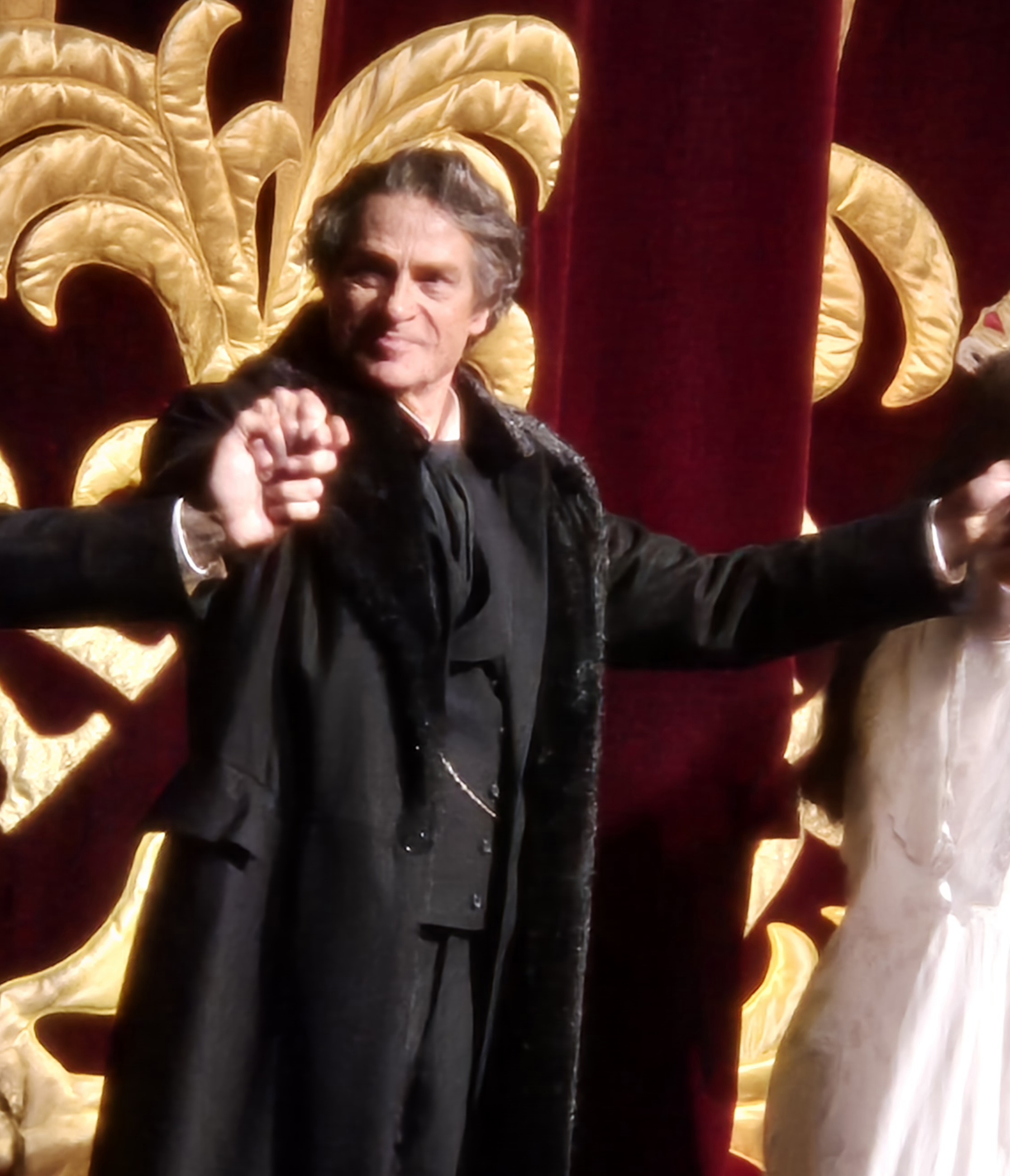The Young Keenlyside
Simon John Keenlyside was born in London on 3rd August 1959, son of Raymond and Ann Keenlyside. Both his father, Raymond and his grandfather, Leonard Hirsch, were professional violinists; Raymond played second violin in the Aeolian Quartet.
Where other children would have nursery rhymes, I’d go to bed to the sounds of Haydn, Mozart and Schubert.
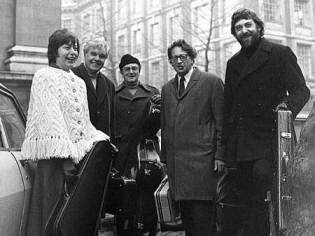
The Aeolian Quartet - Raymond Keenlyside on far right
Simon studied the violin as a child, but never took it seriously. Singing was far more pleasurable, and aged 8 he joined the choir school of St John’s College Cambridge with George Guest, where he remained for six years. He described this as “an incredible start in my musical life”, but one that he did not enjoy in other ways.
“We toured all over the world – Japan, America, Australia. No holidays. Recordings all the time. And professional little shits at nine, you know. I wouldn’t advocate it for children.” “Best place for the child is in the home.”
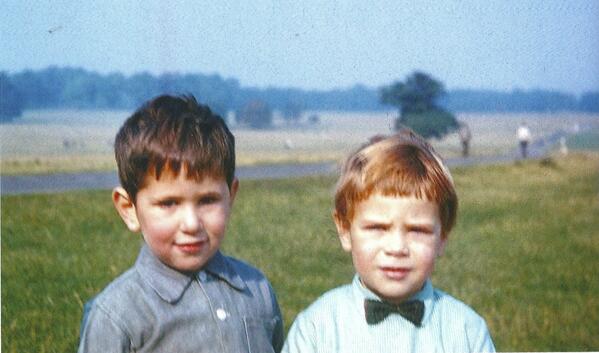
Simon with Steven Isserlis
However, Simon credits Guest with teaching him “almost everything I know as a musician”. “He’d tell us stories to kindle our imagination and would dramatise an anthem by getting us to imagine we were marching to Jericho with our trumpets. His feeling for words is what set me on my path as a singer.”
There are several recordings of him singing treble solo with the choir, try Ceremonial music by Purcell, or the Christmas carol “Good King Wenceslas” (on Simply Christmas).
When he left St John’s Simon moved to Reed’s school in Cobham where he completed his A-levels, and during school holidays he spent time as a warden with the Royal Society for Protection of Birds. As a teenager “I knew most European bird songs”, he says.
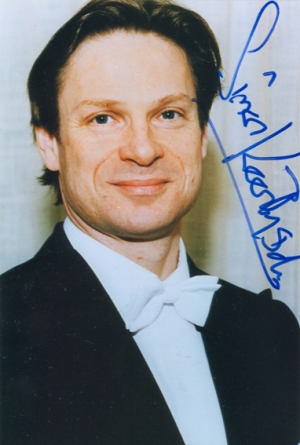
The Apprentice
Simon returned to St John’s College Cambridge in 1980 as a choral scholar, initially reading Anthropology (and playing rugby). He describes his voice at that time as “a nothing baritone voice – the best you could say about it is that it was undamaged”. At first he enjoyed the anthropology course, but changed to Zoology in his final year. “I found the whole canvass of evolution utterly wonderful. I had Adrian Friday on mammals, Adrian Lister on the Pleistocene and Jenny Clack on fish, all fantastic teachers…” A career in Zoology, however, was never an option.
Having graduated, he won a Peter Moores Foundation Scholarship (1985) and chose to join the Royal Northern College of Music to study voice with John Cameron, who opened up the world of German Lieder to him. He says “I wanted to learn to sing, and earning money at that point would have been, I’m sure, detrimental to learning how to sing”. “…when I was in my mid-twenties my voice wasn’t ready for opera.
John was rightly concerned that I should not force my natural vocal weight, like some singers do – a Faustian pact you pay for later with wobble and nodules.”
Whilst at RNCM he joined the Sale Harriers to indulge his love of running – the quarter mile in particular.
At RNCM he made his first stage appearance in 1987 as Lescaut in Manon. Opera magazine remarked on it being an “astonishingly mature” performance, and that he “used his warm and clear baritone with notable musicianship”. At this time he realized that singing Lieder on the music club circuit was never going to be a living.
Debuts and Early Recognition
On leaving the RNCM Simon went to Salzburg where he was encouraged by Rudolf Knoll at the Mozarteum. “It was just luck,” he says. “Knoll helped me and didn’t charge me a penny and didn’t tell anybody”. He also spent time in Graz, Austria, then went via Bremen to Hamburg.
His professional debut as a baritone was in 1987 (and not 1988 as is usually stated) at the Hamburg Staatsoper where he sang Count Almaviva in the Marriage of Figaro.
Being a house baritone in Hamburg introduced him to some realities of life on stage, ” The day I arrived I was walking around the set in jeans. The next day I was on. I had to make it or sink…” “I did 12 Counts in Figaro there, never meeting the conductor, and there’d be different Countesses you’d only recognise her by the costume. But nothing ever frightened me after that, so it was useful.”
Simon spent 18 months in Hamburg performing in roles ranging from the count to a transvestite in a German Cabaret (“deeply depressing”).
In 1989 he was lured to Scottish Opera where he stayed until 1994, performing as, among other roles, Marcello (La Boheme), Danilo (The Merry Widow), Harlequin (Ariadne auf Naxos), Guglielmo (Cosi fanTutte), Figaro (Barber of Seville), Billy Budd, Papageno (Zauberflöte) and Belcore (L’elisir d’amore). “It was fantastic training for me, couldn’t have been better”.
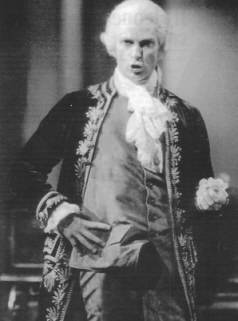
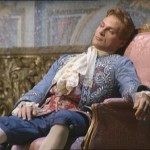
During this period he made debut performances at The Royal Opera House, (1989 singing Silvio in I Pagliacci), English National Opera (Guglielmo), Welsh National Opera, San Francisco Opera, Geneva, Paris, and Sydney. In an interview with the Scotsman he says that he learned his trade over five years in leading roles in Scotland, and he feels a “huge debt of gratitude” to the company. He sang for Glyndebourne for the first time in 1993 and made his debut at the Metropolitan Opera in New York in 1996.
World Premieres
In 2004 he created the role of Prospero in the world premiere of Thomas Ades’ The Tempest at the Royal Opera House, Covent Garden.
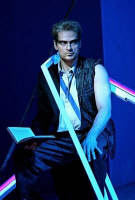
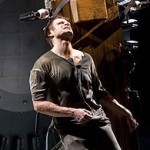
In 2005 he created the role of Winston Smith in the world premiere of Lorin Maazel’s 1984 at the Royal Opera House, Covent Garden.
Operatic roles
Simon has sung many operatic roles during his career. Two of his most acclaimed stage roles - Billy Budd and Pelléas - are no longer in his repertoire.
The roles he currently sings most frequently are:
Golaud (Pelléas et Mélisande)
Giorgio Germont (La Traviata)
Count Almaviva (Le Nozze di Figaro)
Macbeth (Macbeth)
Wozzeck (Wozzeck)
Rodrigo (Don Carlo)
Rigoletto (Rigoletto)
Iago (Otello)
Balstrode (Peter Grimes)
In July 2022 Simon sang the new role of Ezio (Attila) in a concert performance at the Royal Opera House. In the summer of 2025, at Grange Park Opera, he will sing the title role in Simon Boccanegra for the first time.
For a full list of Simon's operatic roles prior to 2020 please visit the list on our archive site
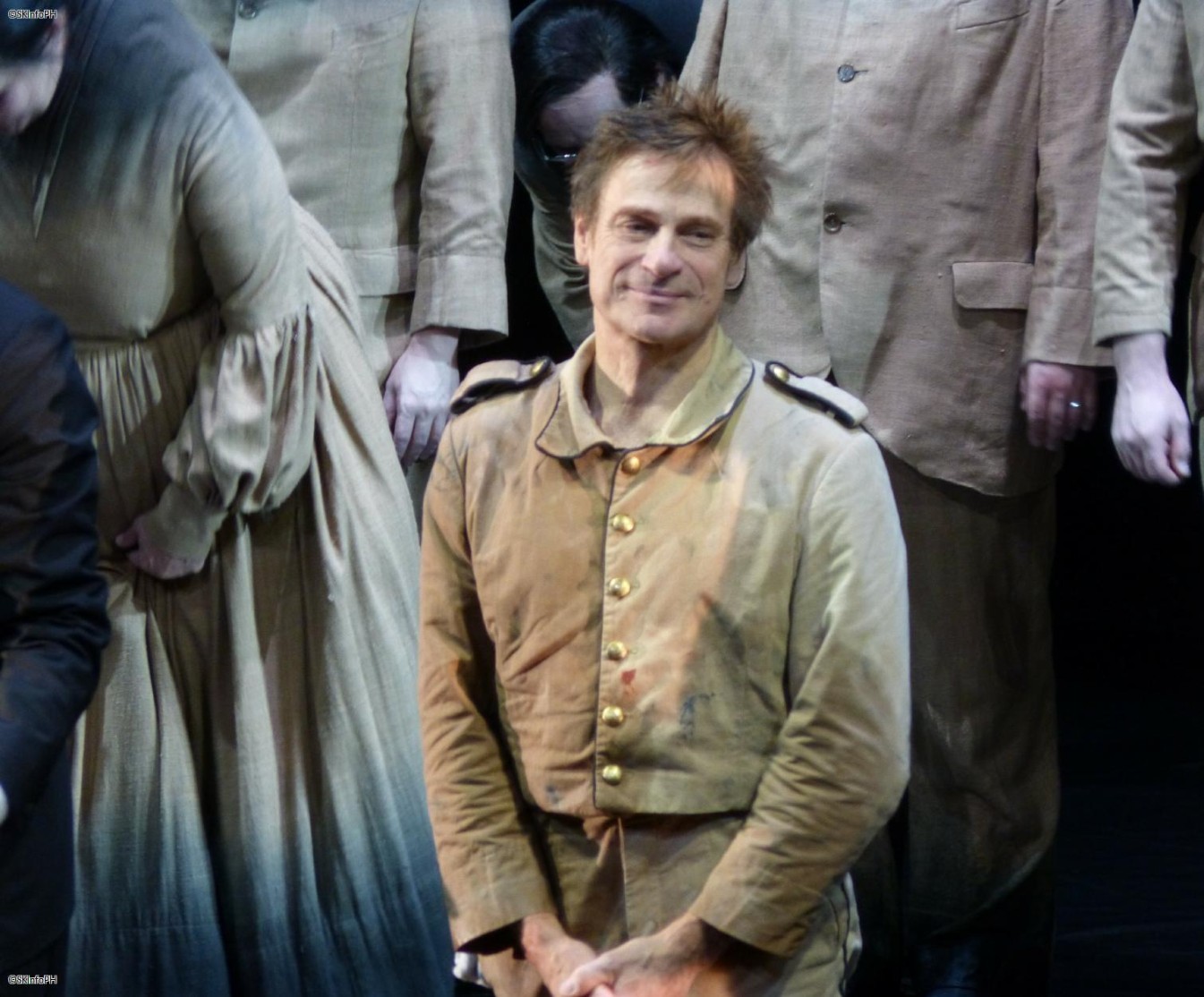
Curtain call Wozzeck, Munich, 2020
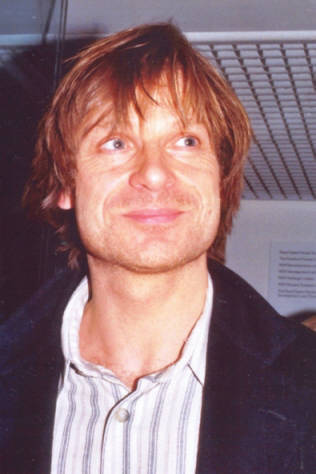
Recitals
Simon was already noted as a recitalist, and “a talent to cherish” as far back as 1989. Since appearing in La Scala in 1998 he has performed recitals all over the world, his repertoire including: Schubert, Schumann, Strauss, Brahms, Fauré, Wolf and Mahler. He has also recorded many English songs. Gramophone described him as the finest baritone singer of Lieder this country has ever produced.Then there’s Winterreise performed with athletic grace along with the Tricia Brown Dance company “The most satisfying art I’ve ever been involved with”.
Other interests
When he’s not singing Simon enjoys anything zoological, diving, walking, drawing (see Drawings on the Road page), painting and fly-fishing. “Travelling to places like Australia and California, I get the chance to see things that no one else except David Attenborough would!” He has a farm in Wales where he and his family spend much of their time. Here he plants trees, digs ponds and encourages the wildlife to flourish, in his own words, “leaving that tiny little patch a little bit better than I found it”. For a taste of life chez Keenlyside, see the “diary” written by Simon for Gramophone, Dec 2006.How would he sum himself up? “I sing because I love it”, “If you don’t take anyrisks, then it’s too comfortable”, and “honest is important”.
Simon has given masterclasses for young singers at the Royal Academy of Music and the Royal College of Music and is also one of the participants in Barbara Hannigan's "Momentum" initiative, which offers young singers the opportunity to share the stage on leading soloists’ engagements.
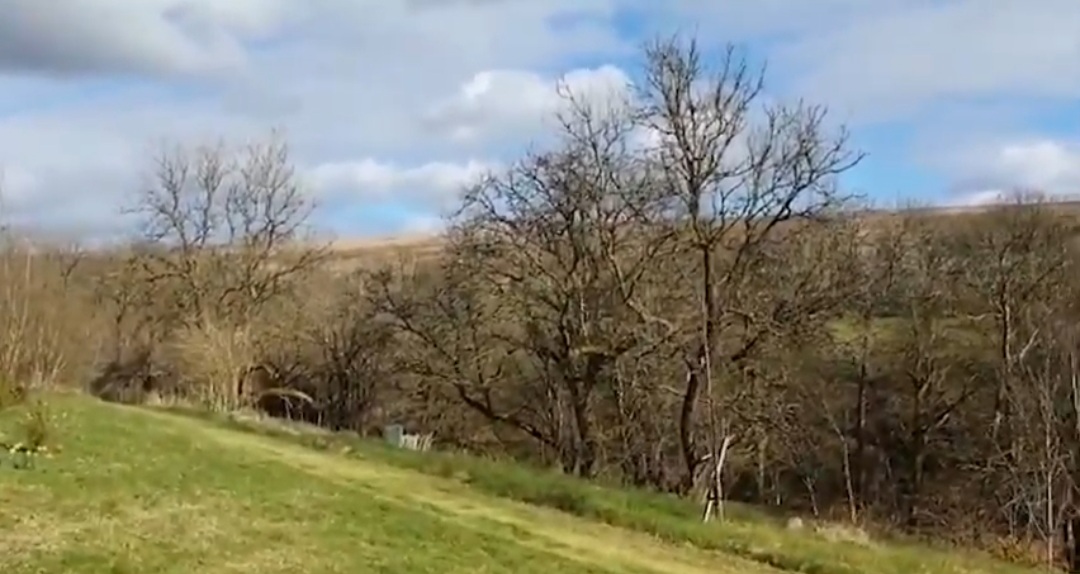
Simon's Farm in Wales
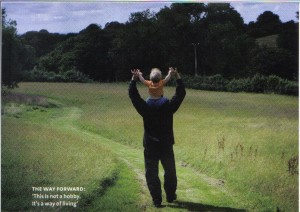
The Future
In Simon’s own words “I’ve probably got around 15 years, and think I can see the end of the tunnel. I’ve done most of the roles that suit me and some, like Papageno, I’ll never want to drop…” “In Wagner I shan’t go beyond Wolfram in Tannhauser. I know there’s Beckmesser, but I’m afraid it’s not a role that excites or fascinates me. I’ll never get tired of the stand-and-sing roles like Germont in Traviata and Posa in Don Carlos – parts where you really have to act with your voice and pin the audience to their seats with inflexion, nuance and colour. I probably shan’t sing Billy Budd again… and am moving down from Pelleas to Golaud. The two new roles I’m most excited about are Wozzeck and Rigoletto, which are both great theatre and call on a huge palette of colours. Wozzeck in particular, is a mountain any baritone wants to climb…”Taken from The CambridgeAlumni magazine, Lent 2006 edition
Simon Keenlyside and Royal Ballet Principal, Zenaida Yanowsky, married on 19 August 2006.
Simon and Zenaida had their first child, a son called Owen, on 12th October 2008. Their second child, a daughter called Iona, was born on 7th March 2010.
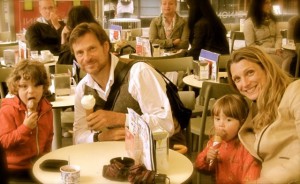
Family Keenlyside in 2014
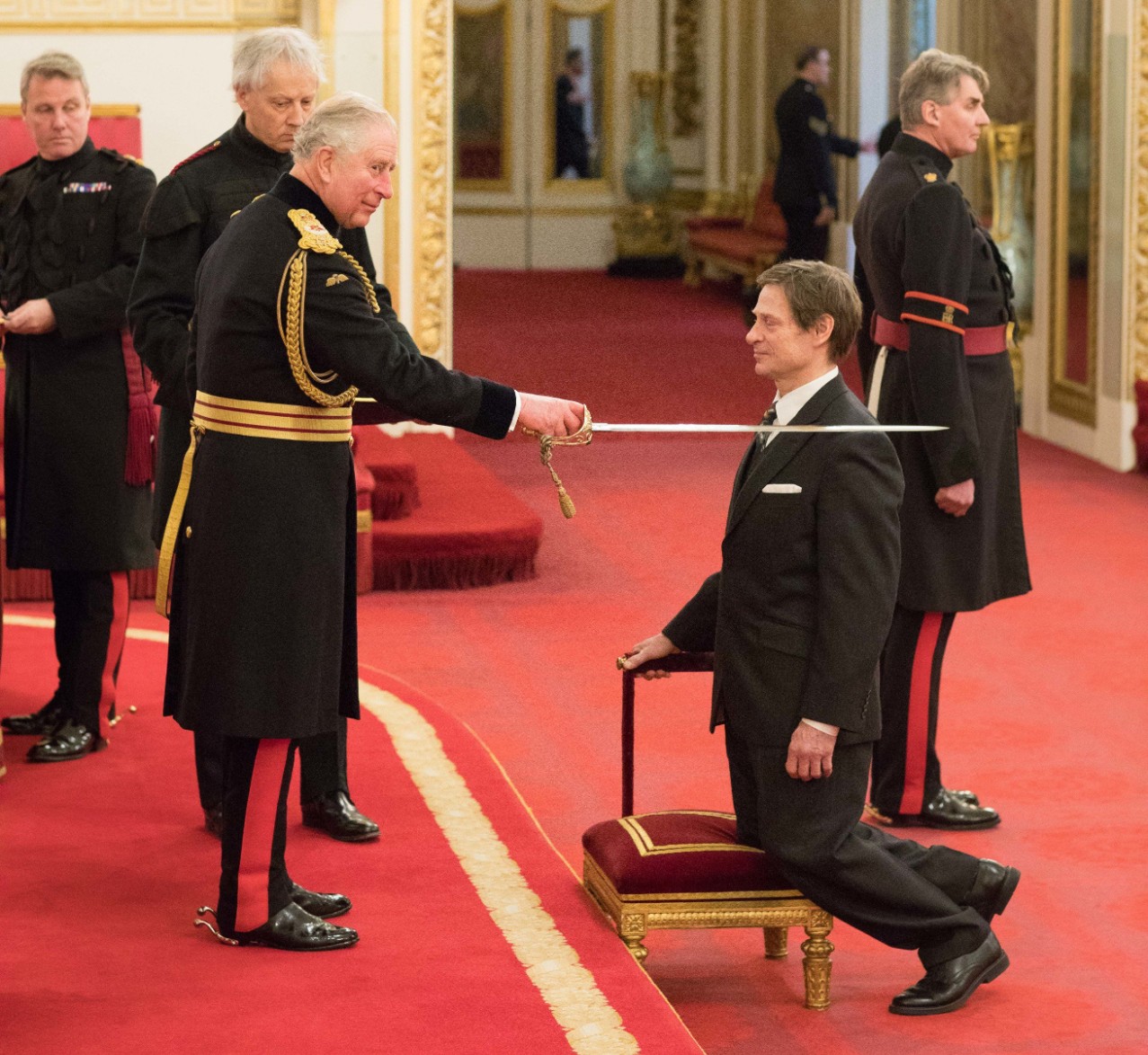
Photo: Clarence House on Twitter
